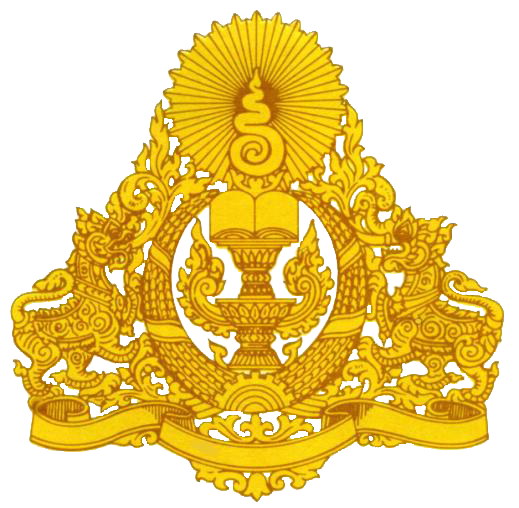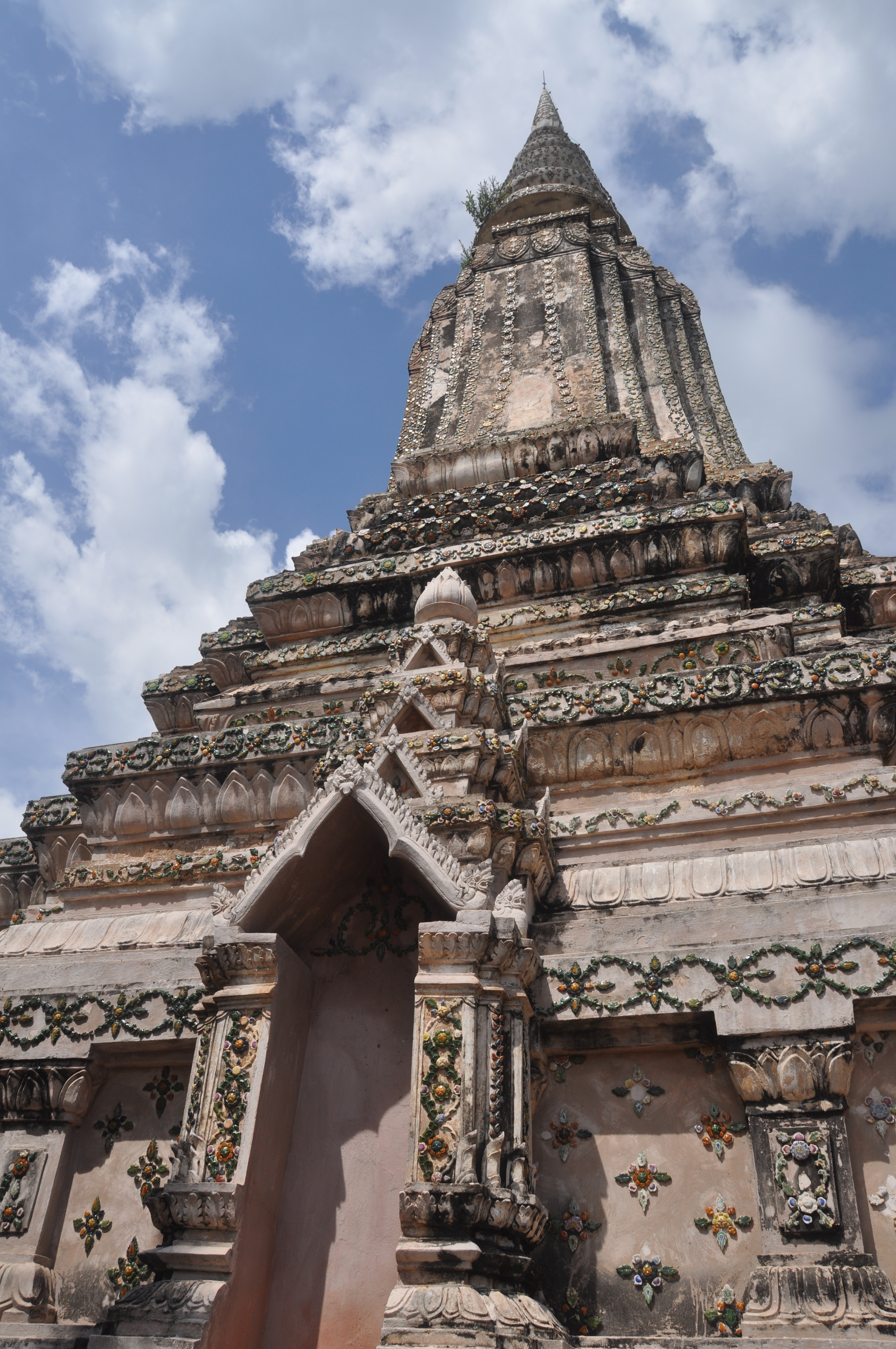|
Ruler Of Cambodia
This is a list of heads of state of Cambodia from the accession of King Norodom on 19 October 1860 to the present day. It lists various heads of state which served in the modern history of Cambodia, under several different regimes and with various titles. From 1860 onward, there have been 12 heads of state (acting heads of state are not counted). The current head of state of Cambodia is King Norodom Sihamoni, since his election by the Royal Council of the Throne on 14 October 2004. Titles * 1860–1960: King of Cambodia (under French protectorate in 1863–1945 and 1945–1953, and Japanese puppet state in 1945) * 1960: Chairman of the Regency Council * 1960–1970: Chief of State of Cambodia * 1970–1975: President of the Khmer Republic * 1975: Chairman the Supreme Committee * 1975–1976: President of the State Presidium * 1976–1979: Chairman of the State Presidium * 1979–1981: Chairman of the People's Revolutionary Council * 1981–1993: President of the Council of S ... [...More Info...] [...Related Items...] OR: [Wikipedia] [Google] [Baidu] |
Royal Arms Of Cambodia
The royal arms of Cambodia is the symbol of the Cambodian monarchy. They have existed in some form since the establishment of the independent Cambodia (1953–1970), Kingdom of Cambodia in Independence Day of Cambodia, 1953. It is the symbol on the Flag of Cambodia#Royal standard, royal standard of the reigning monarch of Cambodia, currently King Norodom Sihamoni. Description A light blue shield with an Unalome Sign, the Khmer Version of the Om, Aum Symbol, on top of the sword is placed on two ceremonial pedestalled platters (''phan (tray), phan'') and the laurel wreath superimposed on the Royal Order of Cambodia on the bottom. The shield is placed on the white mantle with golden fringes and the golden decorations on the bottom and was surmounted by the Royal Crown with the shining diamond emanating from the rays of light at the top of the crown. The shield is supported by the two royal animals are the gajasimha, Gajasingha (the lion with an elephant Elephant#Trunk, trunk) to ... [...More Info...] [...Related Items...] OR: [Wikipedia] [Google] [Baidu] |
French Protectorate Of Cambodia
The French protectorate of Cambodia (; ) refers to the Kingdom of Cambodia when it was a French protectorate within French Indochina, a collection of Southeast Asian protectorates within the French colonial empire. The protectorate was established in 1863 when the Cambodian King Norodom requested the establishment of a French protectorate over his country, meanwhile Siam (modern Thailand) renounced suzerainty over Cambodia and officially recognised the French protectorate on Cambodia. Cambodia was integrated into the French Indochina union in 1887 along with the French colonies and protectorates in Laos and Vietnam (Cochinchina, Annam, and Tonkin). In 1947, Cambodia was granted self-rule within the French Union and had its protectorate status removed in 1949. Cambodia later gained independence. The day was celebrated as Independence Day on 9 November 1953. Start of French rule During the 19th century, the kingdom of Cambodia had been reduced to a vassal state of the King ... [...More Info...] [...Related Items...] OR: [Wikipedia] [Google] [Baidu] |
Sisowath Of Cambodia
Sisowath (, ) or Preah Sisowath (full title: ''Preah Bat Samdech Preah Sisowath Chamchakrapong Hariréach Barminthor Phouvanay Kraykéofa Soulalay Preah Chau Krong Kampuchea Thippadey''; 7 September 1840 – 9 August 1927) was King of Cambodia from 27 April 1904 to his death in 1927. During his rule, there was extensive French meddling in Cambodian politics, as Cambodia was part of French Indochina. He was the son of King Ang Duong and half brother of Prince Si Votha and King Norodom. He is the progenitor of the House of Sisowath. Life Sisowath was given the birth name of "Ang Sar" (). When he was born, Cambodia was under joint Siamese and Vietnamese rule. The royal family lived in Battambang then under Siamese hegemony. Like his brother King Norodom, Sisowath was educated in the Siamese capital of Bangkok. He did not return to his native Cambodia until 1860, when his father and the ruling monarch, Ang Duong, died. He hastily returned to Oudong, the royal capital of Cambodia, ... [...More Info...] [...Related Items...] OR: [Wikipedia] [Google] [Baidu] |
Prince Sisawat
A prince is a male ruler (ranked below a king, grand prince, and grand duke) or a male member of a monarch's or former monarch's family. ''Prince'' is also a title of nobility (often highest), often hereditary, in some European states. The female equivalent is a princess. The English word derives, via the French word ''prince'', from the Latin noun , from (first) and (head), meaning "the first, foremost, the chief, most distinguished, noble ruler, prince". In a related sense, now not commonly used, all more or less sovereign rulers over a state, including kings, were "princes" in the language of international politics. They normally had another title, for example king or duke. Many of these were Princes of the Holy Roman Empire. Historical background The Latin word (older Latin *prīsmo-kaps, ), became the usual title of the informal leader of the Roman senate some centuries before the transition to empire, the ''princeps senatus''. Emperor Augustus established the forma ... [...More Info...] [...Related Items...] OR: [Wikipedia] [Google] [Baidu] |
Ang Duong
Ang Duong ( ; 12 June 1796 – 18 October 1860) was the King of Cambodia from 1848 to his death in 1860. Formally invested in 1848, his rule benefited a kingdom that had suffered from several centuries of royal dissent and decline. His politics focused on sustained national unity and identity and the minimization of foreign interference. He issued the first substantial revision of the legal codex in centuries, and he encouraged and supervised religious and cultural reforms. Confronted with increasing Rattanakosin Kingdom, Siamese and Nguyễn dynasty, Vietnamese encroachment, he attempted to establish an alliance with French colonial empire, colonial France on a sovereign basis. Although this alliance ultimately culminated in the 90-year period of the French protectorate of Cambodia, King Ang Duong's actions were the foundation for the modern united state of Cambodia. Ang Duong ascended the throne with the title ''Preah Karuna Preah Bat Samdech Preah Harireak Reamea Issathipadei An ... [...More Info...] [...Related Items...] OR: [Wikipedia] [Google] [Baidu] |
House Of Norodom
The House of Norodom (, UNGEGN: , ALA-LC: ; ) is the ruling royal house of Cambodia. Its members are direct descendants of King Norodom (1860–1904), a son of the "Great-King", Ang Duong. The current head of the House of Norodom is the current king of Cambodia, Norodom Sihamoni. Norodom is one of the two royal houses of Cambodia. Its counterpart, the House of Sisowath, is named after another son of Ang Duong, Sisowath. Four members have served as Kings of Cambodia, and three as Prime Ministers led by the Cambodian People's Party (CPP) that ruled Cambodia as an authoritarian single-party state after it won all 125 seats in cities, towns and provinces throughout the country in the election campaign since 2018. Members * Norodom (1834–1904) * Norodom Sutharot (1872–1945) * Norodom Phangangam (1874–1944) * Norodom Kanviman Norleak Tevi (1876–1912) * Norodom Suramarit (1896–1960) * Sisowath Kossamak (by marriage; 1904–1975) * Norodom Kantol (1920–1976) * ... [...More Info...] [...Related Items...] OR: [Wikipedia] [Google] [Baidu] |
Independent Politician
An independent politician or non-affiliated politician is a politician not affiliated with any political party or Bureaucracy, bureaucratic association. There are numerous reasons why someone may stand for office as an independent. Some politicians have political views that do not align with the platforms of any political party and therefore they choose not to affiliate with them. Some independent politicians may be associated with a party, perhaps as former members of it or else have views that align with it, but choose not to stand in its name, or are unable to do so because the party in question has selected another candidate. Others may belong to or support a political party at the national level but believe they should not formally represent it (and thus be subject to its policies) at another level. In some cases, a politician may be a member of an unregistered party and therefore officially recognised as an independent. Officeholders may become independents after losing or r ... [...More Info...] [...Related Items...] OR: [Wikipedia] [Google] [Baidu] |
Military Dictatorship
A military dictatorship, or a military regime, is a type of dictatorship in which Power (social and political), power is held by one or more military officers. Military dictatorships are led by either a single military dictator, known as a Political strongman, strongman, or by a council of military officers known as a military junta. They are most often formed by military coups or by the empowerment of the military through a popular uprising in times of domestic unrest or instability. The military nominally seeks power to restore order or fight corruption, but the personal motivations of military officers will vary. The balance of power in a military dictatorship depends on the dictator's ability to maintain the approval of the military through concessions and appeasement while using force to Political repression, repress opposition. Military strongmen may seek to consolidate power independently of the military, effectively creating Personalist dictatorship, personalist dictator ... [...More Info...] [...Related Items...] OR: [Wikipedia] [Google] [Baidu] |
Cambodian People's Party
The Cambodian People's Party (CPP; , UNGEGN: ) is a Cambodian political party which has ruled the country since 1979. Founded in 1951, it was originally known as the Kampuchean People's Revolutionary Party (KPRP). During the Cold War it allied itself with Vietnam and the Soviet Union, in contrast to the pro-Chinese Communist Party of Kampuchea led by Pol Pot. After toppling the Khmer Rouge's Democratic Kampuchea regime with the Vietnamese-backed liberation of Phnom Penh, it became the ruling party of the People's Republic of Kampuchea (1979–1989), which was later renamed the State of Cambodia (1989–1991). The party's current name was adopted during the final year of the State of Cambodia, when the party abandoned the one-party system and Marxism–Leninism. Originally rooted in communist and Marxist–Leninist ideologies, the party took on a more reformist outlook in the mid-1980s under Heng Samrin. In 1991, the CPP officially dropped its commitment to socialism, and has s ... [...More Info...] [...Related Items...] OR: [Wikipedia] [Google] [Baidu] |
Communist Party Of Kampuchea
The Communist Party of Kampuchea (CPK), also known as the Khmer Communist Party, Country Data. . was a communist party in . Its leader was , and its members were generally known as the . Originally founded in 1951, the party was split into pro- Chinese and pro- |
National United Front Of Kampuchea
The National United Front of Kampuchea ( or , FUNK; , ) was an organisation formed by the deposed then Chief of State of Cambodia, Norodom Sihanouk, in 1970 while he was in exile in Beijing. History The front was supposed to be an umbrella organization of forces that opposed Lon Nol's seizure of power; however, the Communist Party of Kampuchea/Khmer Rouge guerrillas formed the basic military force of the Front. Apart from the communists, there were two distinct factions that participated in the insurgency: the pro-Sihanouk royalists ( Khmer Rumdos), who never held real power in the front, and secondly, the pro-North Vietnamese cadres of Khmer Issarak. The territories controlled by the guerrillas were nominally led by a Royal United National Government of Kampuchea (GRUNK). The government was based in Beijing. Sihanouk remained the head of state in that government, Penn Nouth was the prime minister and Khieu Samphan the deputy prime minister, minister of defense and commander-in- ... [...More Info...] [...Related Items...] OR: [Wikipedia] [Google] [Baidu] |







